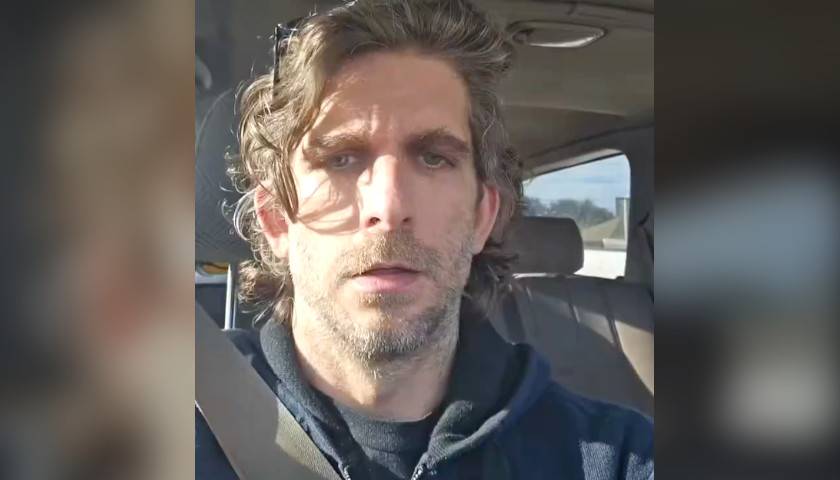by LGIS News Service
Oak Park Elementary District 97 is teaching students so-called “critical race theory,” which argues that racism is to blame for differences in racial group performance, such as lower test scores by black students, or higher violent crime rates for blacks than whites.
In response to a Freedom of Information (FOIA) request by West Cook News, District 97 indicated it is teaching the critical race theory-centric “1619 Project,” which holds that the American Revolution was fought to preserve black slavery, Abraham Lincoln was a racist and that America’s wealth today is the result of black slavery.
“We are going to challenge our thinking – most people know 1776 as our nation’s founding year. However, we will learn why we should know about the year 1619,” reads an Oak Park ESD 97 handout the school said it used to teach 7th graders.
“The 1619 Project is an endeavor that seeks to recast the story of American History alongside the issue of race,” reads another. “ It is ambitious in its scope. It is profound and it is controversial.”
“Explain if you think Donald Trump favors..the global struggle for human freedom”
District 97 eighth-graders are required to listen to two “1619 Project” podcasts where its author, Nikole Hannah-Jones, argues her theories. The students are then are assigned quiz questions.
“There are individuals who believe that there is no such thing as the color line. They will say, ‘I just see people. I don’t see color,’” reads one District 97 question. “Think of a moment where this idea is challenged in the podcast episode and explain how it is challenged. Finally, answer where you stand on the idea of ‘not seeing color.’ “
The school quizzed eighth-graders on their retention of New York Times articles espousing critical race theory.
“In the “Editor’s Note” to the (1619 Project) book, (New York Times writer) Jake Silverstein writes, “Out of slavery — and the anti-black racism it required — grew nearly everything that has truly made America exceptional: its economic might, its industrial power, its electoral system, diet and popular music, the inequities of its public health and education, its astonishing penchant for violence, its income inequality, the example it sets for the world as a land of freedom and equality, its slang, its legal system and the endemic racial fears and hatreds that continue to plague it to this day,” reads another quiz question.
“How did you see this idea emphasized in the article you chose? Explain how the article substantiates Silverstein’s words with direct evidence and analysis.”
Students aren’t asked to read criticism of the 1619 Project, like that of civil rights leader and author Robert Woodson, who calls it “fictitious” and “junk history”– but they are required to read the New York Times’ response to said criticism.
“Read the New York Times’ response to the criticism about the 1619 Project. Identify the best sentence in the Times’ response and why you felt it was “the best sentence,” the assignment says.
District 97 teachers also asked students to opine on what they believed former President Donald Trump thought of the 1619 Project and its ideas.
“Explain if you think Donald Trump favors the story of “the country’s great men” or “the global struggle for human freedom,” the quiz says.
In his 2001 book introducing the concept, Richard Delgaldo, one of the inventors of “critical race theory,” said its basic tenet is that “racism is ordinary, not aberrational… the usual way society does business, the common, everyday experience of most people of color in this country.”
Overt racism might be “less frequent than in the past,” Delgaldo wrote, but “every social indicator” suggests it remains a “blight” on minorities.
“The prison population is largely black and brown; chief executive officers, surgeons, and university presidents are almost all white,” he wrote.
Kentucky State political science professor Wilfred Reilly counters that the idea that “the idea that gaps in performance between large groups must be due either to racism or to genetics is absurd,” dubbing critical race theory “partisan nonsense”
“Facts matter, but so does context. Critical theorists say some things that are essentially true, but meaningless—and likely to mislead unless one has a nuanced understanding of history or other disciplines,” Reilly wrote. “For example, it is undeniably true that slavery once existed in the United States. However, it is also undeniably true that almost every other powerful nation in history held slaves as well.”
Author Robert Davis, who wrote a book about the North African Muslim slave trade, said that millions of whites were enslaved throughout the world, as well.
“One of the things that both the public and many scholars have tended to take as given is that slavery was always racial in nature – that only blacks have been slaves. But that is not true,” Davis said. “We cannot think of slavery as something that only white people did to black people.”
The Oak Park Elementary School Board of Education includes Jung Kim, Venus Hurd Johnson, Nancy Ross Dribin, Gavin Kearney, Shyla Kinhal, Cheree Moore and Holly Spurlock. All are Democrats.




